Barry Norman1, the dinosaur film critic, once suggested that theatres should charge audiences less for independent films because of the obvious budgetary deficiencies and since studio productions are the yardstick for the mainstream moviegoer.
Norman said this in the 90s – at a time when American independent cinema (Reservoir Dogs 1992 etc) was forcing its way out of the arthouse into the multiplex. His reasoning was that if theatres were asking punters to take a chance in good faith on these cheaply made films then the ticket price should be less than the standard.
The suggestion was ignored (or wasn’t heard) but in a sense capitalism has since regulated ticket prices: 3D and IMAX cost more than the norm. Direct-to-DVD (online rental) costs less. This is particularly pertinent to horror films.
Horror has breached 3D (My Soul to Take 2010) but not IMAX. Yet the watermark for high end horror remains The Exorcist 1973: big budget, based on a best selling novel, helmed by a name director and a box office return of over $1billion (adjusted for inflation2). With its typical inclusion of movie stars high end horror is projected to attract the mainstream. Recent (bad) examples are The Wolfman 2010 and The Rite 2011.
Cinema horror is genre. It has a theatrical release and no crossover appeal. A classic example is A Nightmare on Elm Street 1984. Hardcore horror is subgenre (eg torture porn), exploitation and direct-to-DVD. It shouldn’t cost a theatre ticket to see Husk 2011.
high concept
After Dark Films gave birth to Horrorfest aka 8 Films to Die For in 2006. Initially they distributed the films but this year they made (and distributed) eight of their own. Husk began a limited release on January 28th. Fast forward to 5th February and it premiered on the cable network Syfy. On 29th March it is released on DVD.
The market determines the price of horror but Husk is a better film at the bottom end of the totem pole. The difference between DVD and cinema horror can be as simple as story. Where Halloween 1978 brought a fresh perspective to the genre Husk adds nothing new. Ergo to watch it is to be entertained – or not – for the duration: Not worth a night out but maybe a night in.
The high concept of Husk is the killer scarecrow. Scarecrows may not work on crows but they seem to work on people – at least the types who watch horror films. There is a sub-concept to this move; one that is more inventive:
The Breakfast Club 1985 took its cast of characters and isolated them in an empty school for Saturday detention. Its concept to story was organic and plausible. In Husk the cast wander through a cornfield into an abandoned farmhouse and remain isolated throughout the film. This part of the production is inventive and natural. The building blocks to a good story are in place. However a good story supersedes its concept. The alchemy is in the telling and/or showing.
low process
A gang of five teenagers/young adults road trip through the American hinterland whereupon a crow smashes into their windscreen. Chris skids off the road into a gulley and totals his 4x4. After a head count there’s the fact that Johnny is missing. Brian and Scott go looking for him in the adjacent cornfield.
The accident happens at the end of the first scene so there’s nary time to build the characters. Thus what the filmmakers are content with is characterization via action. This allows the audience to discover who’s who by the way said characters interact with each other. There are hints of this:
Natalie is Brian’s clingy girlfriend and Chris resents her presence but as soon as Brian and Scott enter the cornfield the tension between Natalie and Chris evaporates. The character interplay never recovers. Instead the viewer is left with stock types talking at each other.
There is a reason why Dracula, Frankenstein, Freddy and Michael Myers are icons. They all have personality. The scarecrow in Husk serves as cipher – that limits its domination of the film on and off screen. There is an inexplicable revelation to one of the characters rendered so bad it will induce either laughs or groans. There is inconsistency in the big bad’s behaviour. The dénouement is protracted resulting in a twist ending that fails to chill.
Yet the overall effort is laudable and visible onscreen. The four main actors never stumble. Wes Chatham as Brian and especially Tammin Sursok as Natalie invest their portrayals in the film. The daylight cornfield scenes are intriguing and the search for Johnny is replete with the tension requisite in a horror film.
If the viewer doesn’t pay movie ticket prices to see Husk then there is no need to feel cheated. This is a horror film that should have been better, that could have been better, that wants to be better. As is it is unremarkable straight-to-DVD fare that fills an hour and half while bigger pictures like Apollo 18 get bumped to next year.
1 Barry Norman Clive Conway Celebrity Productions
2 The Exorcist Box Office Mojo
Generated By Technorati Tag Generator


















No comments:
Post a Comment